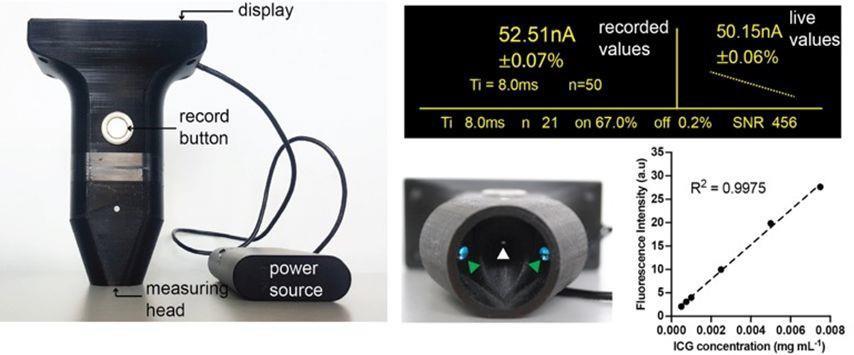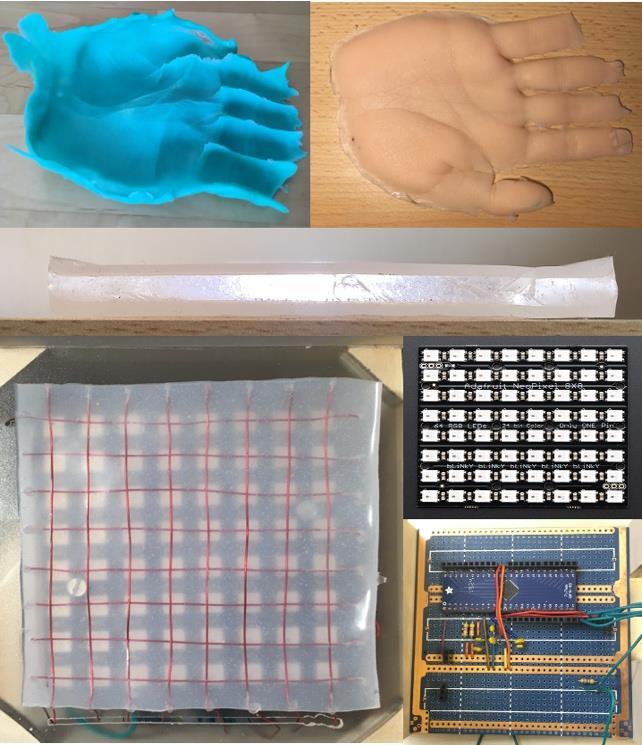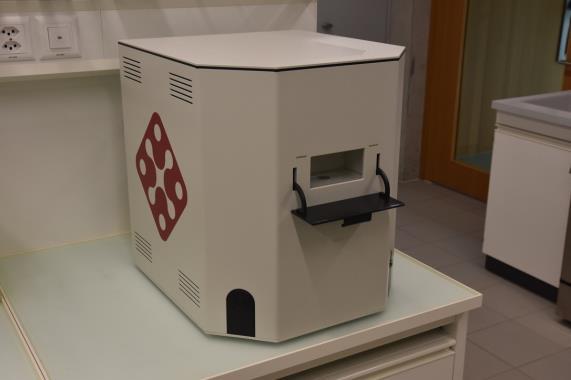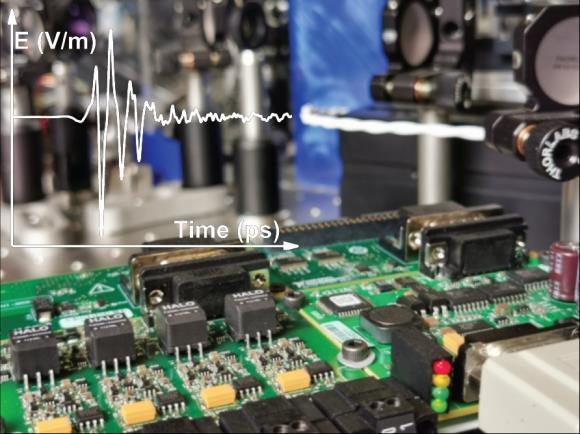Research Report 2021
Institute of Computational Physics
Portable Device for Early Diagnosis of Lymphedema Contributors: Funding: Duration:
D. Fehr, A. Bachmann, M. Bonmarin Innosuisse 2018–2020
The probability of developing lymphedema until the end of life is about 30% after breast cancer treatment – and this is only one of the possible risk factors. Millions of people are therefore at increased risk of developing lymphedema. In this disease, the function of the lymphatic system is permanently disturbed, causing e.g. irreversible swelling of the arms if appropriate treatment is not initiated in time. This slows down the swelling or even stops it completely. Early diagnosis of the disease is therefore crucial. Nevertheless, there is currently no standardized, widely available method that allows regular and reliable monitoring of people with an increased risk.
(Fig. 1). With this hand-held device, the method could already be validated in various pre-clinical experiments. Currently, it is further investigated in a clinical study in cooperation with the University Hospital Zurich. Moreover, the measuring device has been revised and realized as a wearable sensor, i.e. the previous handheld device could be shrunk to the size of a sports wristwatch. For this purpose, the optics were redeveloped from scratch, because the existing approach is not suited for further miniaturization. First tests are very promising. While conserving the sensitivity, the optics could be reduced considerably. At the same time, a suitable smartphone app was implemented. It provides the user interface to the wearable sensor and displays the recorded measurements.
Fig. 1: Left: Autarkic hand tool with battery. Top right: Display. Middle: Measurement opening. Bottom right: Measured value versus actual marker concentration.
In this work, a suitable method for the early diagnosis of lymphedema is being developed in collaboration with the Institute of Pharmaceutical Sciences at ETH Zurich. It consists of a fluorescent marker, which is injected into the skin of the patient, and a simple medical measuring device, which can determine the clearance rate of the marker by means of the fluorescence intensity. If the rate of clearance is reduced, there is a suspicion of developing lymphedema. Ideally, patients will be able to use this method to monitor their lymphatic system independently and regularly – and therefore be able to consult a specialist at an early stage. In various preliminary projects, a suitable fluorescent marker and a first portable measuring device with optical sensor technology for quantifying the fluorescence signal were developed. For this purpose, the existing optics (Fig. 2) were supplemented by a self-sufficient control electronics and operating element and installed in a compact housing
Zurich University of Applied Sciences
Fig. 2: Optical and electronic components of the handheld device.
Literature: [1] A. Polomska et al., Minimally invasive method for the point-ofcare quantification of lymphatic vessel function, JCI Insight, 4(4), 2019.
38
www.zhaw.ch
















